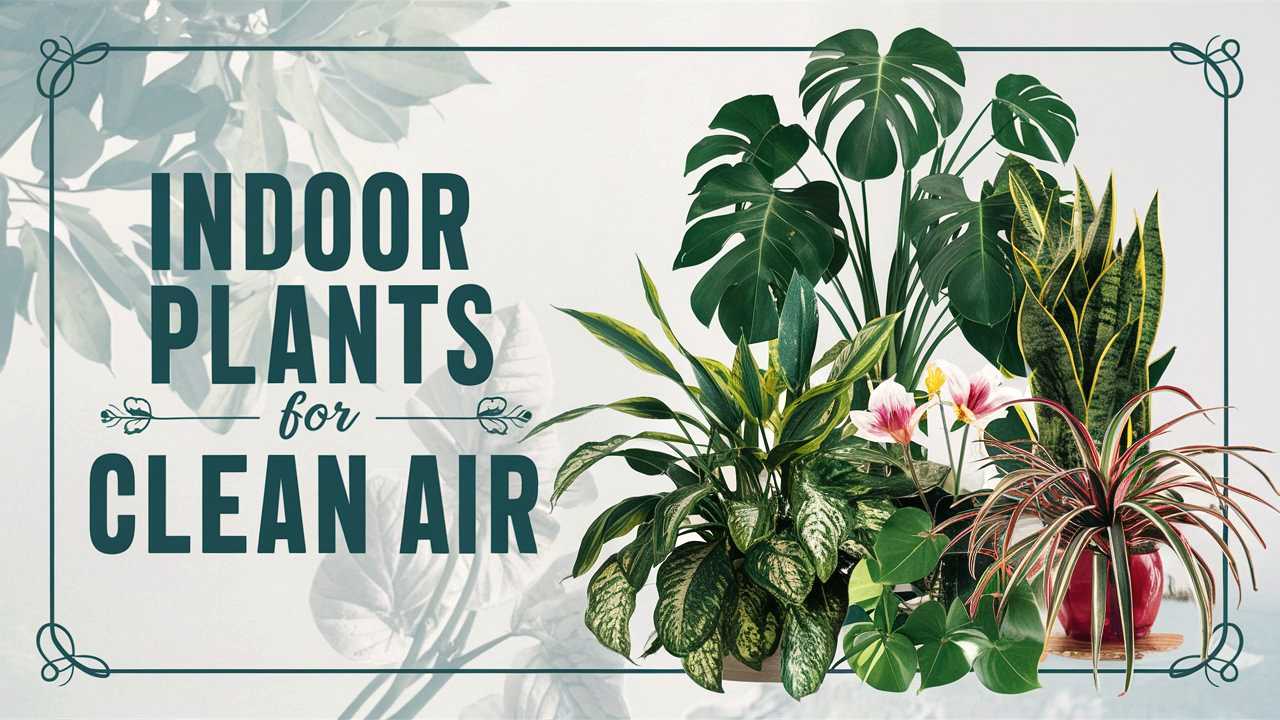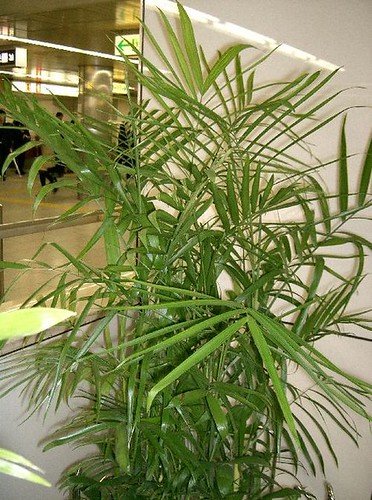In our quest for a healthier lifestyle, many of us seek ways to enhance the air quality in our homes. One effective approach is to introduce indoor plants that can actively purify the air we breathe.
Not only do these plants improve air quality, but they also add a touch of natural beauty to our living spaces. For those of you looking for inspiration, here’s a robust selection of plants that are not only aesthetically pleasing but also renowned for their air-purifying capabilities.
Snake Plant (Sansevieria trifasciata)

The Snake Plant, also known as Mother-in-Law’s Tongue, is a hardy and resilient plant popular for its striking, upright leaves and unique architectural form. One of the best attributes of the Snake Plant is its ability to absorb toxins such as formaldehyde and benzene while releasing oxygen at night, making it an ideal choice for bedrooms. This low-maintenance plant thrives in a variety of lighting conditions and only needs watering every few weeks, making it an excellent choice for beginners.
Peace Lily (Spathiphyllum spp.)

The Peace Lily is celebrated not only for its beautiful white blooms but also for its exceptional air-purifying properties. It effectively filters out common indoor pollutants such as ammonia, formaldehyde, and trichloroethylene. Peace Lilies enjoy low to medium light and can tolerate occasional overwatering. However, it’s important to keep in mind that they are mildly toxic to pets, so position them in places where curious animals can’t reach.
Spider Plant (Chlorophytum comosum)
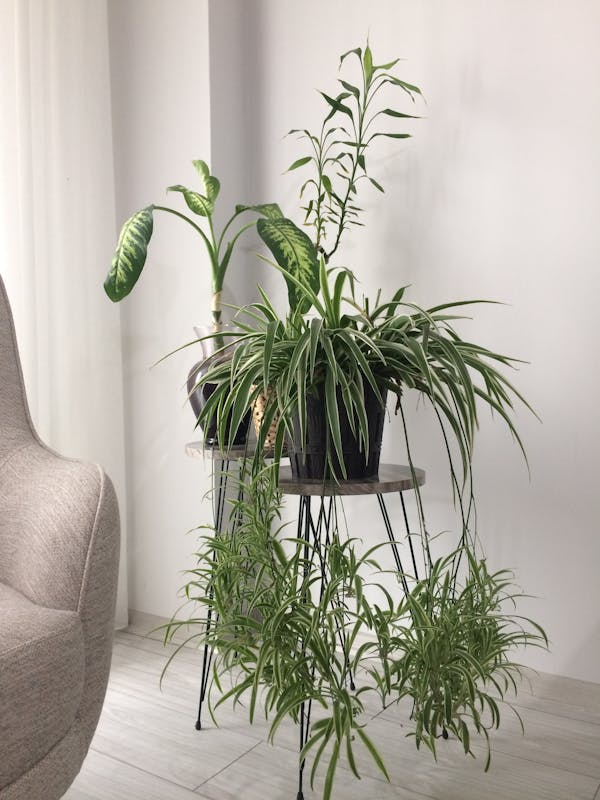
The Spider Plant is a popular houseplant known for its unique green and white striped leaves and its charming spider-like offshoots. This plant is particularly efficient at removing formaldehyde, xylene, and toluene from the air. Spider Plants are easy to care for and thrive in various lighting situations, although they prefer bright, indirect light. They can also tolerate occasional neglect in watering, making them perfect for busy lifestyles.
Boston Fern (Nephrolepis exaltata)
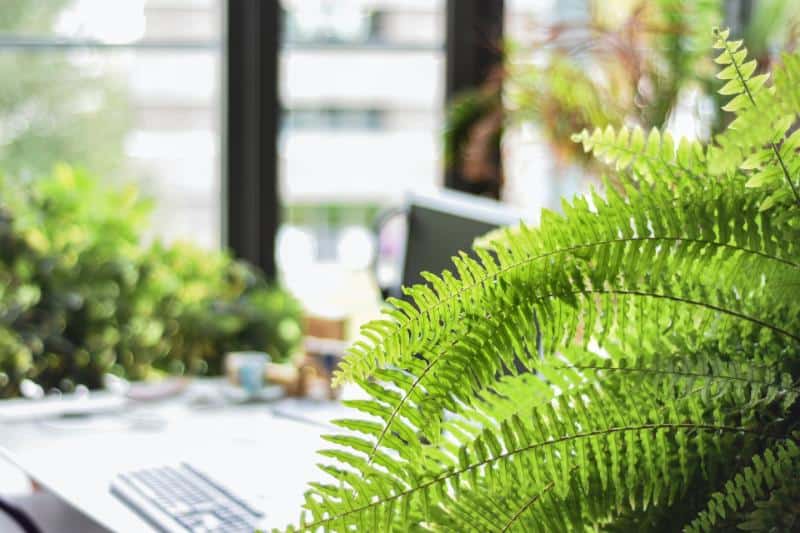
The Boston Fern is a lush, feathery plant that thrives in humidity, making it an excellent choice for bathrooms or kitchens. This fern excels at removing formaldehyde and other toxins from the air while also increasing humidity levels. Boston Ferns prefer indirect sunlight and consistently moist soil, requiring a little more attention compared to other low-maintenance houseplants. Regular misting or placing a humidifier nearby can help them flourish indoors.
Rubber Plant (Ficus elastica)
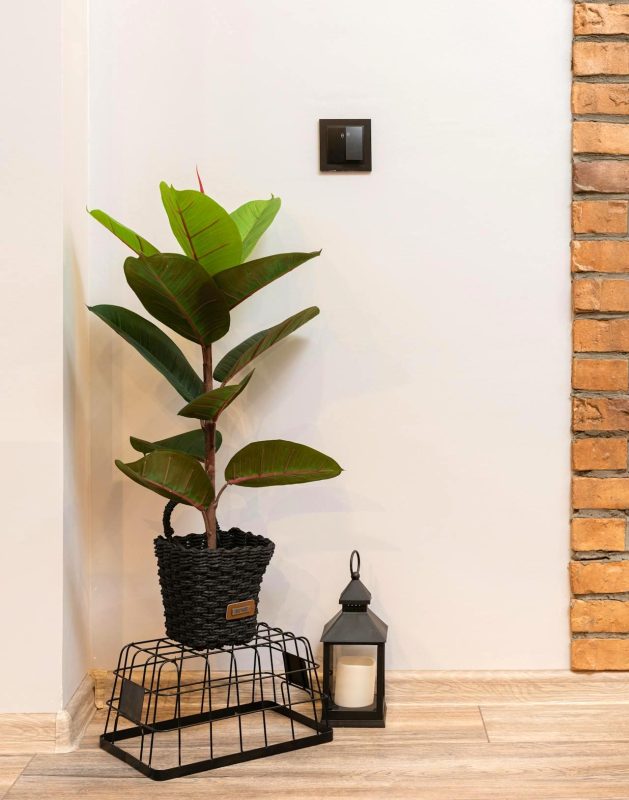
The Rubber Plant is a favored choice for those looking to incorporate striking foliage into their interior spaces. With its large, glossy leaves, the Rubber Plant is not only a visual delight but is also effective at purifying the air by filtering out harmful toxins. It thrives in bright, indirect light and requires watering only when the top inch of soil dries out. This plant is also relatively tolerant of lower light conditions, making it versatile for different rooms in your home.
Pothos (Epipremnum aureum)
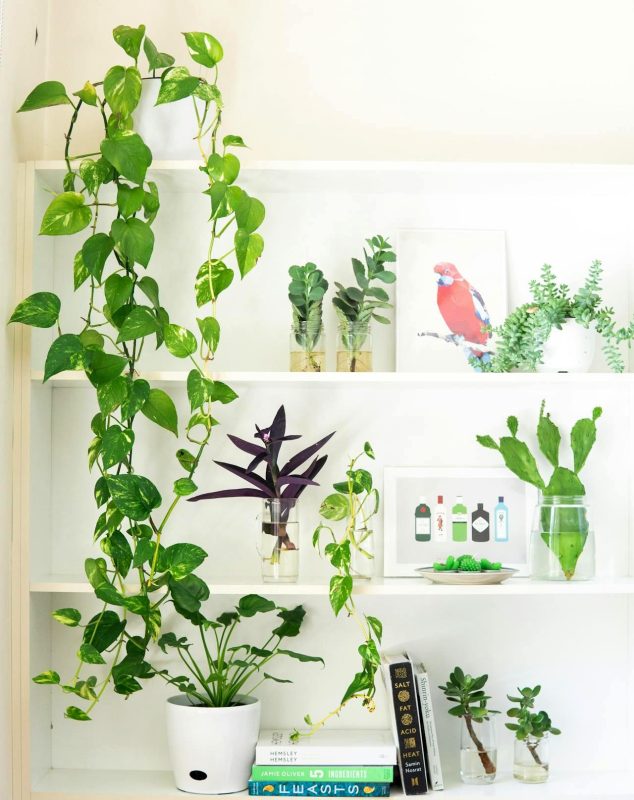
Pothos, often referred to as Devil’s Ivy, is one of the easiest and most popular houseplants, beloved for its ability to adapt to various environments. This trailing vining plant is effective at removing indoor pollutants such as formaldehyde, xylene, and benzene. Pothos prefer bright, indirect light but can also thrive in low light conditions. With minimal watering needs and a rapid growth rate, this plant is perfect for beginners and seasoned gardeners alike.
Bamboo Palm (Chamaedorea seifrizii)
The Bamboo Palm is a beautiful and tropical addition that not only adds a stylish flair to any interior but also serves as an excellent natural air purifier. Known for its capacity to filter out formaldehyde, benzene, and trichloroethylene, the Bamboo Palm thrives in bright, indirect light and enjoys humid conditions. Regular watering—keeping the soil moist but not soggy—is essential for maintaining its health and vibrant appearance.
Dracaena (Dracaena spp.)
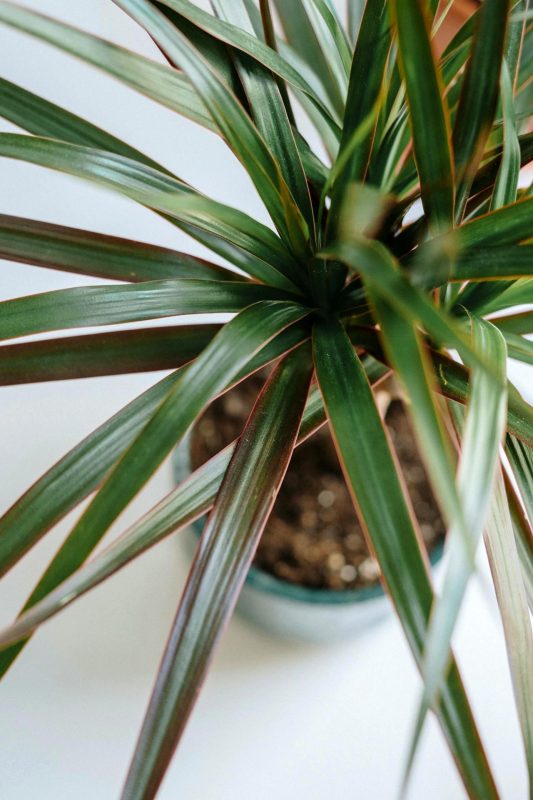
With many varieties available, Dracaena plants are popular for their striking foliage and ease of care. They are particularly effective at removing formaldehyde, xylene, and trichloroethylene from the air. Dracaenas prefer well-drained soil and indirect light and can tolerate lower light conditions. Some common varieties include the Dracaena Marginata and the Dracaena Fragrans, each bringing unique colors and textures to your space.
Areca Palm (Dypsis lutescens)
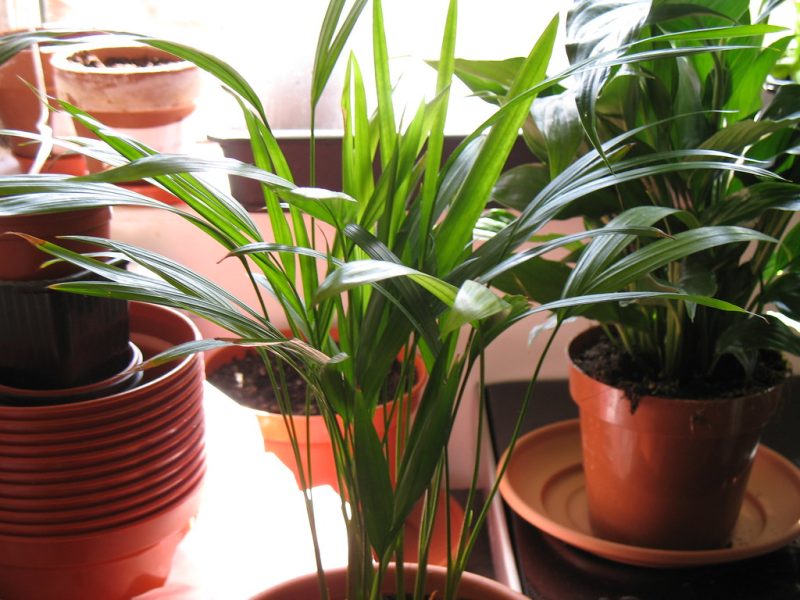
The Areca Palm, also known as the Butterfly Palm, is renowned for its graceful feathery fronds and air-purifying properties. It excels at removing toxins like formaldehyde and toluene, while also adding humidity to the air, making it a healthy choice for dry environments. This palm prefers bright, indirect light and requires consistent watering to keep the soil evenly moist. Originating from Madagascar, the Areca Palm evokes a tropical feel that can brighten any room
ZZ Plant (Zamioculcas zamiifolia)
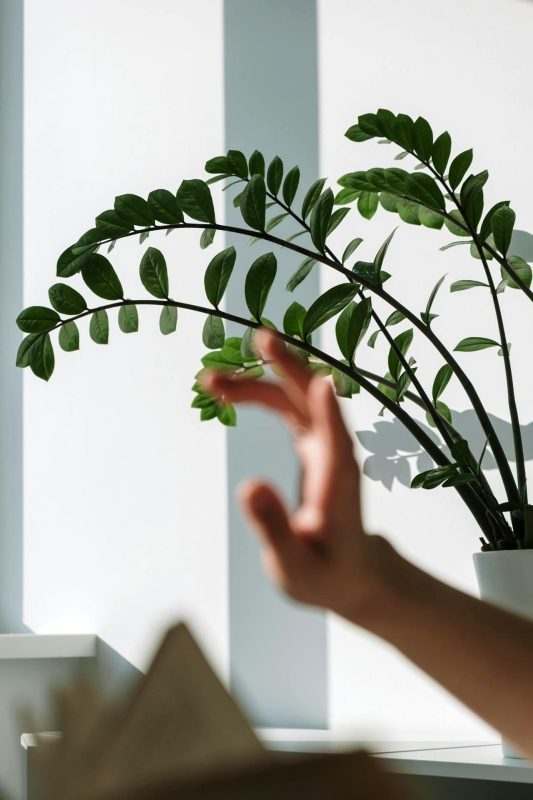
The ZZ Plant is a striking houseplant known for its glossy, dark green leaves and robust nature. It’s exceptionally tolerant of neglect, making it perfect for those who might forget to water regularly. The ZZ Plant is effective at filtering out xylene, toluene, and benzene, contributing to improved indoor air quality. This plant thrives in low to bright indirect light and can adapt to various temperatures, making it highly versatile for any home setting.
Parlor Palm (Chamaedorea elegans)
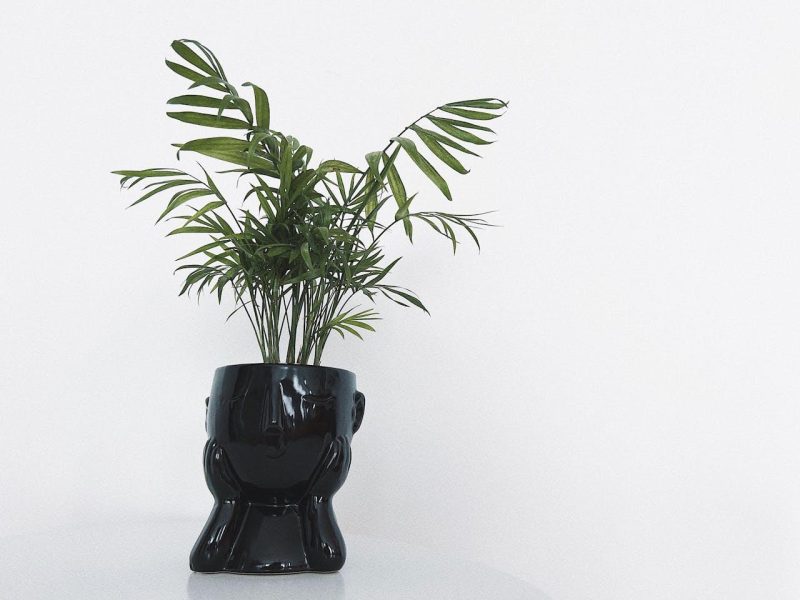
The Parlor Palm is a classic indoor plant that’s well-loved for its elegant fronds and air purification abilities. It’s particularly good at removing indoor pollutants such as formaldehyde and benzene. Parlor Palms do well in low to moderate lighting and prefer to be kept on the drier side, with infrequent watering. Their slow growth and tolerance for lower light conditions make them an excellent choice for offices or dimly lit rooms.
Aloe Vera (Aloe barbadensis miller)
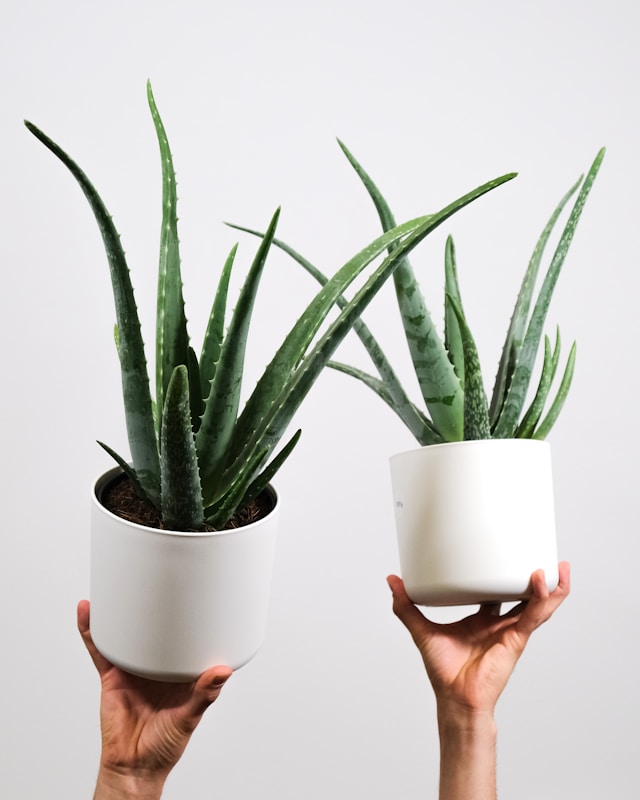
Aloe Vera is not just a beautiful succulent but also a fantastic indoor air purifier. Known for its ability to filter formaldehyde and benzene, Aloe Vera also has medicinal properties, particularly for skin issues. It thrives in bright, indirect sunlight and requires minimal watering, making it a low-maintenance plant. This hardy succulent is perfect for sunny windowsills and can be a great discussion starter due to its versatile uses.
Lady Palm (Rhapis excelsa)
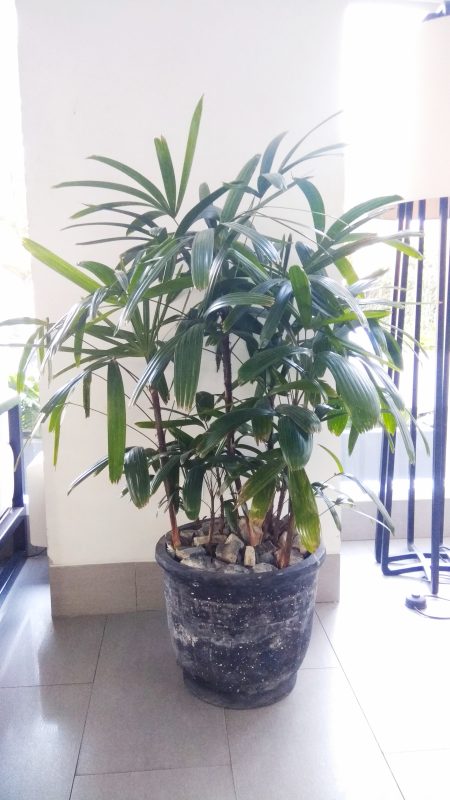
The Lady Palm is a popular choice not just for its beauty but also for its impressive air-purifying capabilities. It can remove indoor toxins, particularly ammonia and formaldehyde, while also contributing to increased humidity. The Lady Palm prefers indirect light and can tolerate moderate low-light conditions. Regular watering is needed to keep the soil evenly moist, ensuring this plant remains lush and healthy.
Chinese Evergreen (Aglaonema spp.)
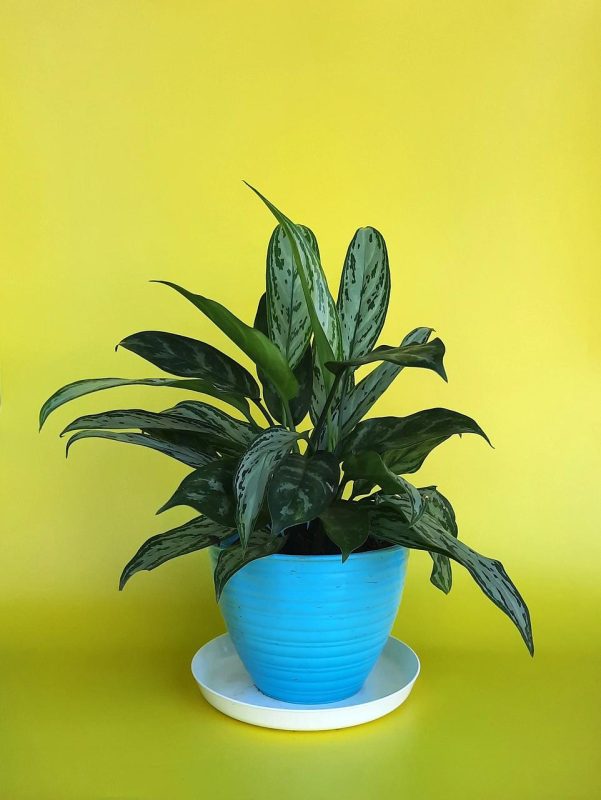
Chinese Evergreen plants are attractive, lush, and easy to care for, making them a great addition to any indoor space. They are particularly good at removing toxins from the air, including formaldehyde and benzene. These plants thrive in low to bright indirect light and prefer their soil to dry slightly between waterings. With various striking leaf patterns and colors, Chinese Evergreens can complement any home décor.
Philodendron (Philodendron spp.)
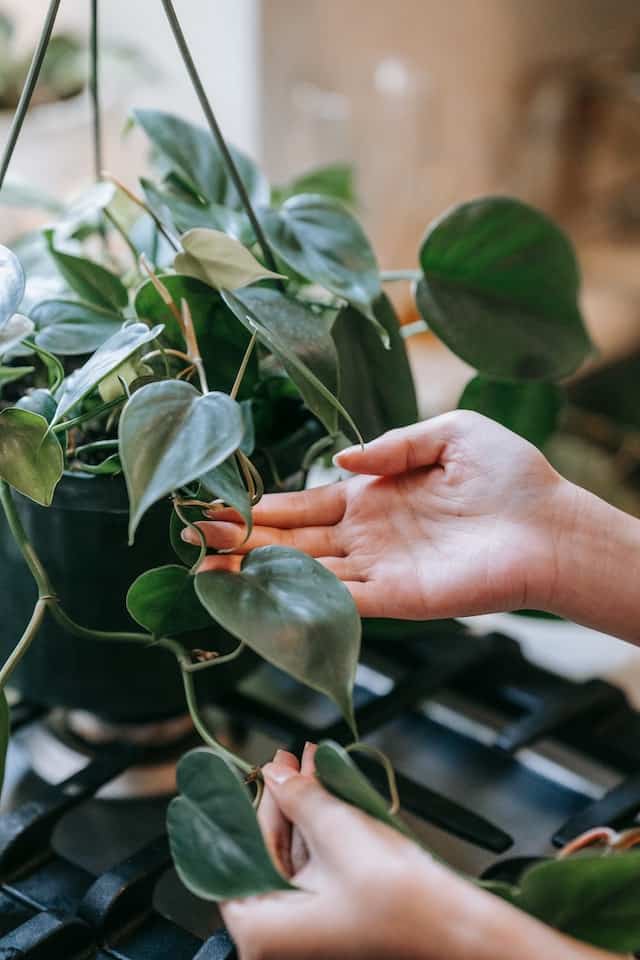
The Philodendron group consists of a variety of species, each with its own unique foliage that adds vibrancy to indoor spaces. Renowned for their ability to eliminate formaldehyde and other toxins from the air, Philodendrons are among the easiest houseplants to care for. They thrive in low to bright indirect light, and their watering needs vary from weekly to biweekly, depending on the environment. The versatility and beauty of Philodendrons make them a favorite for plant lovers.
Cast Iron Plant (Aspidistra elatior)
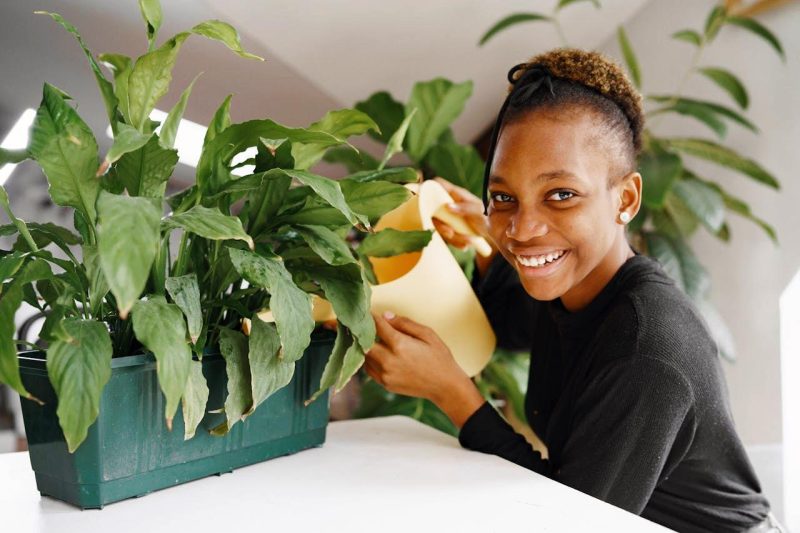
As the name suggests, the Cast Iron Plant is known for its extreme resilience and ability to survive in neglectful conditions. This hardy plant is particularly effective at filtering out toxins such as formaldehyde. Cast Iron Plants prefer low to moderate indirect light and should be watered when the top inch of the soil dries out. This makes them a perfect choice for less sunny interiors or for those who might not have the time to dedicate to plant care.
Golden Pothos (Epipremnum aureum ‘Marble Queen’)
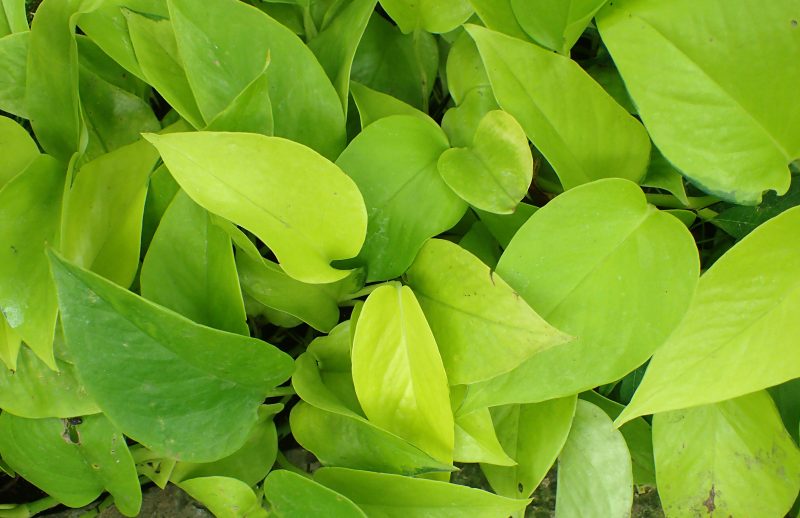
While technically a variety of Pothos, the Golden Pothos stands out due to its attractive variegated leaves. Just like its green counterpart, it is efficient at removing formaldehyde, carbon monoxide, and other indoor toxins. This plant is incredibly forgiving and thrives in a range of lighting conditions. It can grow rapidly and is often used for hanging displays due to its trailing nature. Regular pruning can help keep it lush and encourage bushier growth.
Corn Plant (Dracaena fragrans)
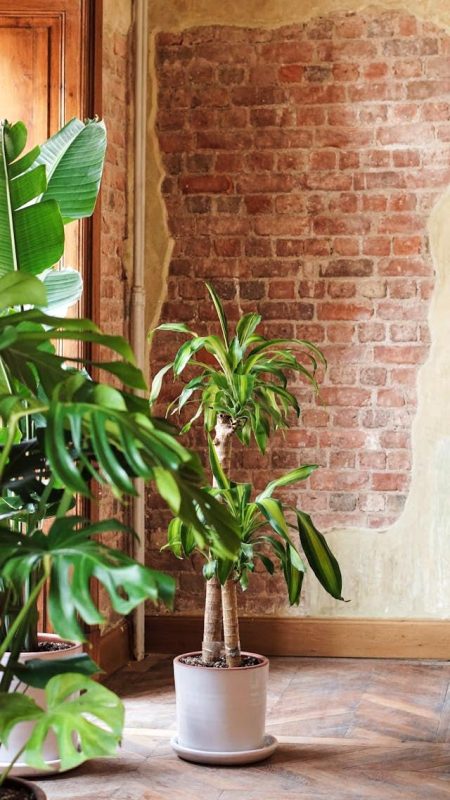
The Corn Plant is another variety within the Dracaena family, featuring long, arching leaves reminiscent of corn stalks, thus its name. It’s effective at removing toxins like formaldehyde and benzene, further contributing to a healthier home environment. Corn Plants are easy to grow, tolerating low light but thriving in bright, indirect light. Watering should be done only when the top inch of soil is dry. With its tall, elegant stature, the Corn Plant can make a dramatic statement in any room.
Fiddle Leaf Fig (Ficus lyrata)
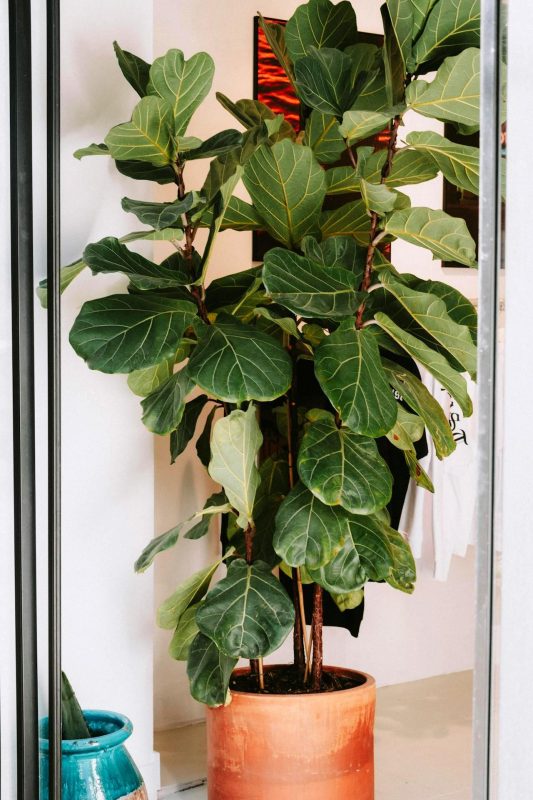
The Fiddle Leaf Fig stands out with its large, violin-shaped leaves, adding a striking design element to any living space. This popular houseplant not only enhances aesthetics but also contributes to air purification, effectively filtering formaldehyde. Fiddle Leaf Figs thrive in bright, indirect light and require consistent watering—allowing the soil to dry out a bit between applications. This plant can be a bit finicky, as it prefers stable conditions, but the payoff is worth the effort.
Gerbera Daisy (Gerbera jamesonii)

Though often considered an outdoor plant, the Gerbera Daisy can thrive indoors and is known for its vibrant blooms. These cheerful flowers not only brighten up any space but also contribute to air purification by reducing toxins such as benzene and formaldehyde. Gerbera Daisies prefer bright, natural light and well-drained soil. Regular watering is required, but care should be taken not to let the soil become waterlogged. They make fantastic additions to sunny windowsills or as part of a floral arrangement on tables.
Peace Bamboo (Dracaena sanderiana)
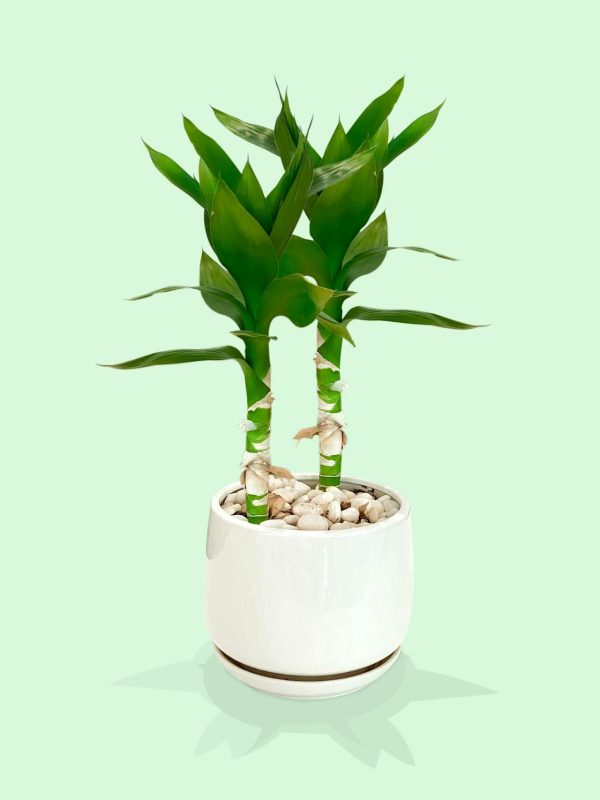
Often referred to as Lucky Bamboo, Peace Bamboo is a unique and versatile plant that can thrive in water or soil, making it adaptable to various home environments. Recognized for its ability to filter out pollutants, this plant not only improves air quality but also brings good fortune according to feng shui beliefs. It prefers indirect light to avoid scorching its leaves and should be kept in a humid environment for optimal growth. Due to its unique appearance and low-maintenance nature, Peace Bamboo has become increasingly popular in homes and offices.
Conclusion
Choosing the right indoor plants can significantly enhance the air quality in your home while adding aesthetic appeal. Each plant listed not only provides a solution for common indoor air pollutants but also brings a slice of nature into your space. From the resilient Snake Plant to the cheerful Gerbera Daisy, there’s a plant for every style and environment.
As residents of urban settings become more aware of the importance of fresh indoor air, integrating these plants into everyday life becomes essential. They not only improve air quality but also foster a sense of well-being and connection to nature, which is increasingly vital in our fast-paced, technology-driven world.
Incorporating these plants into your living space can lead to a healthier, happier home. Consider your light conditions, space requirements, and personal care preferences as you select the perfect plants to enhance your environment. Through the beauty and utility of these indoor plants, you can create a sanctuary of clean air and tranquility right in the comfort of your own home. Whether you’re an experienced gardener or a newcomer to the world of houseplants, each of these options offers a unique solution for improving air quality while enriching your living space with natural beauty.


